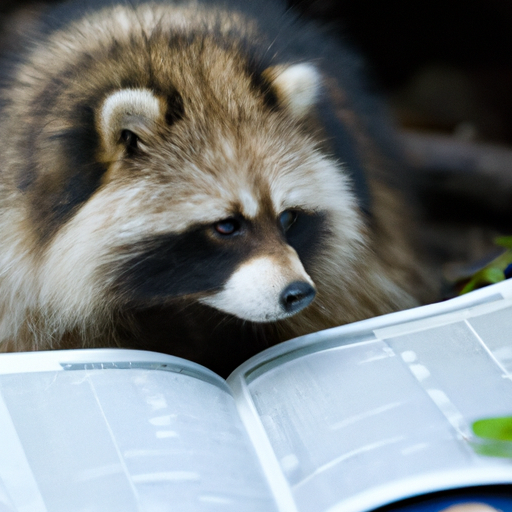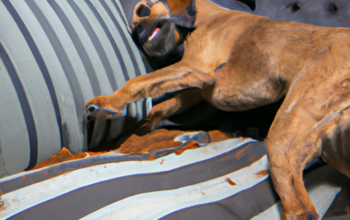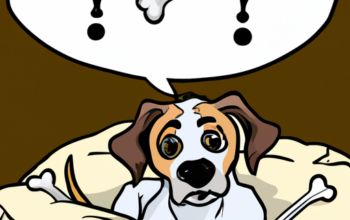Raccoon dogs, also known as Tanukis, are unique creatures that are both captivating and somewhat enigmatic. Despite their name, they are neither raccoons nor dogs, but rather a distinct species all their own. Let’s explore this fascinating creature that may just capture your heart and your imagination.
H2: The Unusual Origins of Raccoon Dogs
Raccoon dogs, or Nyctereutes procyonoides, belong to the Canidae family, which also includes dogs, wolves, and foxes. Yet, their resemblance to raccoons isn’t merely coincidental. Raccoon dogs are native to East Asia, but they’ve spread to other parts of the world, including Europe.
- The Beginnings: They originated during the Pleistocene era, a time when mammoths still roamed the Earth.
- Spread and Migration: Raccoon dogs gradually spread across Asia, reaching as far as Scandinavia.
H2: The Unique Characteristics of Raccoon Dogs
Raccoon dogs have several distinctive features that set them apart from other canids:
- Size: They’re typically the size of a large domestic cat.
- Appearance: They bear a striking resemblance to raccoons due to their greyish fur and dark, mask-like coloration around their eyes.
- Hibernation: Unlike other canids, raccoon dogs hibernate in winter.
Furthermore, their behaviors are quite unique:
- Solitary Lifestyle: They like to keep to themselves, living in pairs or small family groups.
- Omnivorous Diet: They enjoy a diverse diet, which includes insects, rodents, amphibians, birds, fish, and fruit.
H2: Raccoon Dogs in Culture and Folklore
In Japan, raccoon dogs, known as Tanukis, hold a special place in folklore and popular culture. They are often depicted as mischievous shapeshifters, with a whimsical and jovial nature.
| Symbolism | Representation in Culture |
|---|---|
| Shapeshifting | Tanukis are often portrayed as tricksters, using their shapeshifting abilities to deceive humans. |
| Good Fortune | Statues of Tanukis are common in Japanese homes and businesses as a symbol of prosperity and good fortune. |
H2: The Conservation Status of Raccoon Dogs
Unfortunately, the unique and captivating raccoon dog faces numerous threats, primarily from habitat loss and hunting. They’re often hunted for their fur, which is used in the fur trade. Despite these threats, the International Union for Conservation of Nature (IUCN) currently lists the raccoon dog as a species of least concern due to their wide distribution and presumed large populations.
H2: Frequently Asked Questions
Q: Are raccoon dogs related to raccoons?
A: Despite their name and appearance, raccoon dogs are not related to raccoons. They’re a unique species in the Canidae family.
Q: Can raccoon dogs be kept as pets?
A: While it’s possible in some regions, it’s generally not recommended due to their wild nature and specific care requirements.
Q: Do raccoon dogs pose a threat to local wildlife?
A: In non-native areas, raccoon dogs can potentially disrupt local ecosystems by preying on native species.
Q: How can I help conserve raccoon dogs?
A: You can support conservation efforts by donating to wildlife charities and advocating for laws to protect their natural habitats.
In the end, the raccoon dog, with its unique characteristics and rich cultural history, serves as a reminder of the wonderful biodiversity our planet offers. It’s up to us to ensure these fascinating creatures continue to thrive for generations to come.



